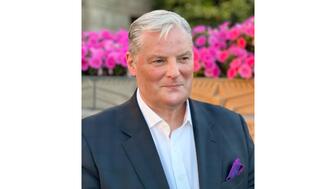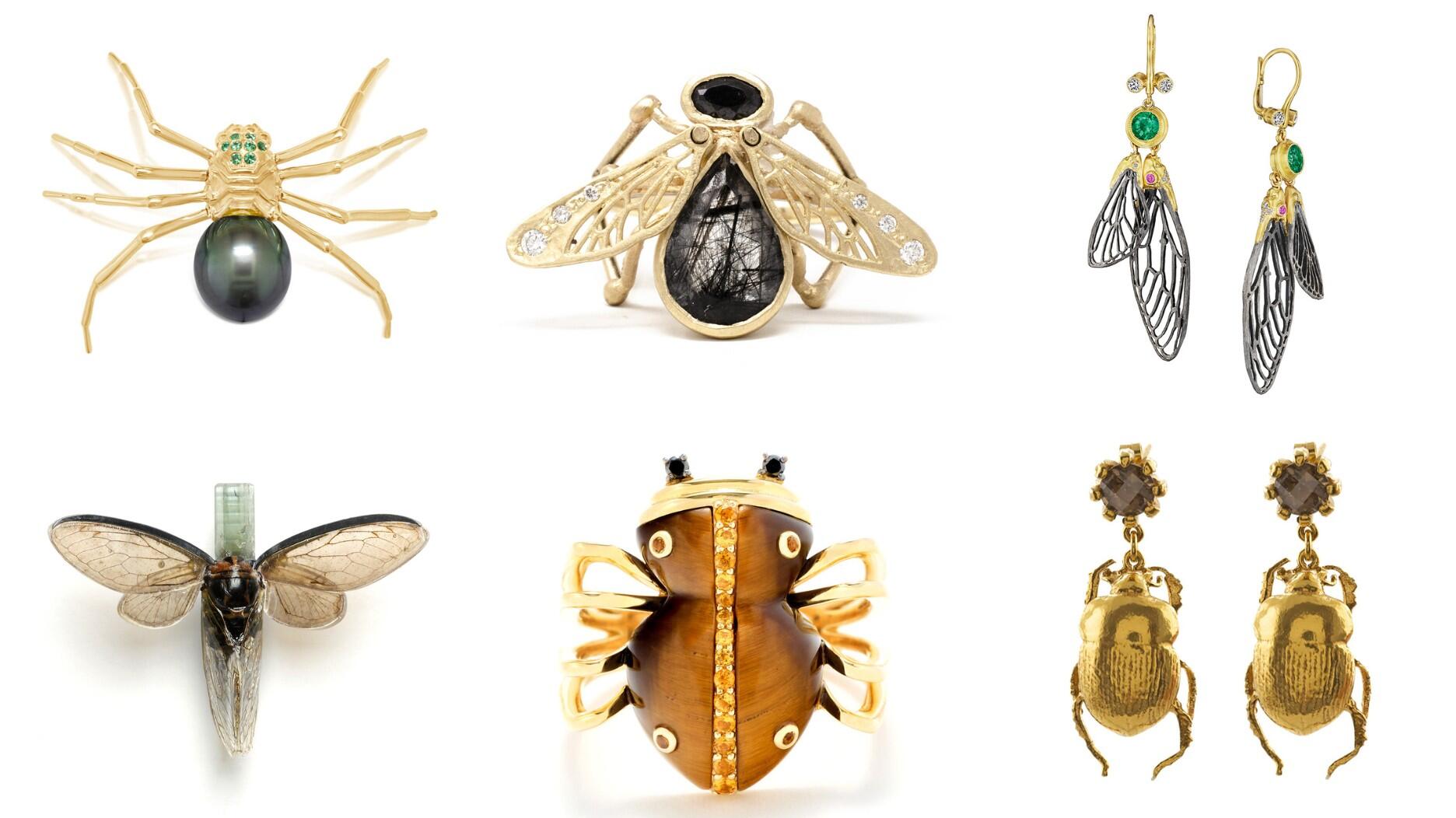Fellow musician Maxx Morando proposed to the star with a chunky, cushion-cut diamond ring designed by Jacquie Aiche.
5 Takeaways on the Lab-Grown Diamond Market
Editor-in-Chief Michelle Graff shares what she learned at the recent forum on lab-grown diamonds held in New York.

A few weeks ago in New York, I had the opportunity to attend a day-long forum on lab-grown, or synthetic, diamonds organized by the U.S. Jewelry Council.
The purpose of the forum was not for the mined diamond industry to align itself against the diamond growers; in fact, it’s worth pointing out here that there are well-known diamond companies/dealers that have their hands in both.
As just one example, Royal Asscher--a 162-year-old family business that invented the cut that still bears its name and cleaved what remains the largest diamond ever mined, the Cullinan--had a line of colored lab-grown diamond jewelry called Rebel Chique and now is part-owner of a company selling lab-grown diamonds on Amazon.
Instead, the forum was put together to discuss the issue of undisclosed lab-grown diamonds, those stones that slip into the supply pipeline undetected.
Here’s (some of) what I learned.
Takeaway No. 1: You are accountable if you sell a lab-grown diamond as natural. This is a point that came up even before lunch and, for me at least, was pretty clear cut and simple.
Yet people in the audience kept asking questions about it, laying out myriad scenarios in which a sale involving an undisclosed synthetic diamond might go down. Would I be liable if this happened? What about that?
But, alas, the answer was always the same: You--whether you are a jeweler, an appraiser, a diamond manufacturer or a diamond dealer--are liable if a diamond that is lab grown is sold as natural.
Takeaway No. 2: Because of the above, jewelers need to exercise quality control over their inventory. But, sadly, many of them don’t. So, what constitutes quality control, exactly?
JVC President and CEO Cecilia Gardner said it does not mean jewelers need to check every single item in their inventory, but have to have some “demonstrable activity” that shows that they are selling products that have been checked and that they believe are as represented.
When I later asked her if there’s a specific percentage of inventory she would recommend checking-- say, 20 or 25 percent--Gardner didn’t give me one, but recommended that jewelers test a “steady sampling” from all suppliers that is continuous and broad-based, with the overarching idea being that they’ll be able to demonstrate due diligence if needed.
By “checked,” she meant sent to a reputable grading lab unless, of course, the jeweler has their own testing equipment.
Relying on the word of your suppliers
Will this prevent you from being sued if you sell a product that’s not what it was purported to be? No.
Will it help you in court more than standing up and saying “nothing” when asked what you did to ensure the diamonds in your stock labeled as mined were not lab grown? Yes.
The Jewelers Vigilance Committee actually has an entire publication on quality assurance and control. It’s called “Getting It Right.” It’s $20 for JVC members and $25 for non-members, and you can order it on the JVC website.
Takeaway No. 3: When one company gets hurt, everybody feels it. Diamonds are largely unbranded, so when a report on one jeweler who sold a lab-grown diamond as natural pops up on the 6 o’clock news, it gives consumers an unfavorable, if undeserved, view of the entire industry.
This is even truer today with the rapid-fire news cycle and the proliferation of, ahem, journalists looking for “content” to fill the endless number of websites and blogs that are out there. In other words, once a story is reported, it’s likely going to be shared thousands of times, morphing and growing in the re-telling. The internet, in case you haven’t noticed, is not a stickler for accuracy, nor is it a platform where nuance travels well.
Despite the fact that players along all points of the pipeline feel the effects when it comes out that one individual has been dishonest, there is no industry-wide standard for the machines used to separate lab-grown diamonds from mined ones, or industry-wide policy on dealing with those who submit stones without proper disclosure, one presenter pointed out.
As she put it, “When there is an issue--be it conflict diamonds or be it the FATF report or be it any issue that comes out--then we all suffer. It’s very different than the textile industry … when there’s an issue with Nike or Puma, it’s condensed to that brand. But with us, we all suffer.
“And so it’s very important that we as an industry are aligned and agree on a system to protect our product and protect consumer confidence in our product.”
Takeaway No. 4: There are machines available for detecting lab-grown melee, but the technology isn’t where people seem to want it to be. A speaker from a major grading laboratory said that he gets this question a lot: Why doesn’t his lab have one machine that’s inexpensive, compact and can quickly screen for absolutely everything?
The answer is simply that the technology isn’t there yet, but the industry’s biggest grading labs do recognize that undisclosed melee is a problem, and they say they’re working on it.
Just as two examples, De Beers’ International Institute of Diamond Grading and Research (IIDGR) introduced an automated melee screener back in 2014, and followed this year with a much less expensive machine called the PhosView. That machine, however, only detects high-pressure, high-temperature (HPHT) grown diamonds and was created specifically for one market--India.
The Gemological Institute of America, meanwhile, rolled out a melee analysis service just this year.
According to what we heard at the forum, more machines and services are in the works, so stay tuned.
Takeaway No. 5: There is a standard for saying something is “green.” This has been covered before but came up during the forum, so I thought it was worth a brief mention here.
Many lab-grown diamond companies describe their diamonds in advertising as being “green” or “eco-friendly” and use words such as “greenhouse” or “foundry” to try to shape consumers’ perception of the product.
In reality, however, these gemstones are made in what is most accurately described as a factory--a factory that burns fossil fuel to function.
Because of this, the Federal Trade Commission, which has an entire guide dedicated solely to environmental marketing claims, might view claims of lab-grown diamonds being “green” or “eco-friendly” as a bit of a stretch.
As such, the JVC’s Gardner recommended that such claims be avoided.
The Latest
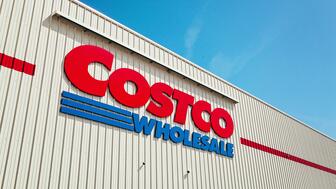
The retailer, which sells billions in fine jewelry and watches, is suing the Trump administration and U.S. Customs and Border Patrol.
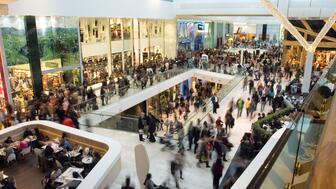
Black Friday is still the most popular shopping day over the five-day holiday weekend, as per the National Retail Federation’s survey.

How Jewelers of America’s 20 Under 40 are leading to ensure a brighter future for the jewelry industry.

The historic egg, crafted for Russia's ruling family prior to the revolution, was the star of Christie’s recent auction of works by Fabergé.

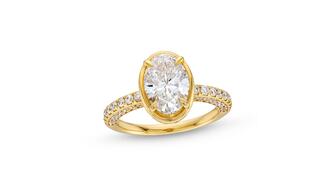
The retailer offered more fashion jewelry priced under $1,000, including lab-grown diamond and men’s jewelry.
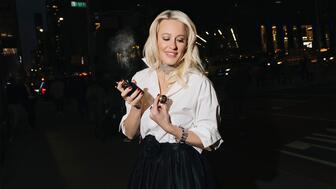
The eau de parfum is held in a fluted glass bottle that mirrors the decor of the brand’s atelier, and its cap is a nod to its “Sloan” ring.

Roseco’s 704-page catalog showcases new lab-grown diamonds, findings, tools & more—available in print or interactive digital editions.

Vivek Gadodia and Juan Kemp, who’ve been serving as interim co-CEOs since February, will continue to lead the diamond mining company.

In addition, a slate of new officers and trustees were appointed to the board.
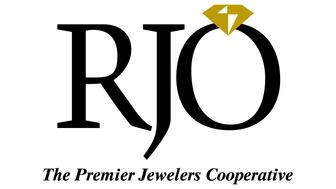
Witt’s Jewelry in Wayne, Nebraska, is the organization’s new milestone member.
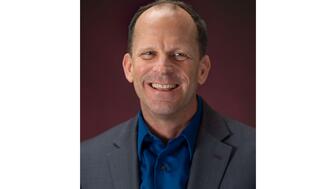
Laurs is the editor-in-chief of Gem-A’s The Journal of Gemmology and an expert on the formation of colored gemstone deposits.

The man, who has a criminal history, is suspected of being the fourth member of the four-man crew that carried out the heist.
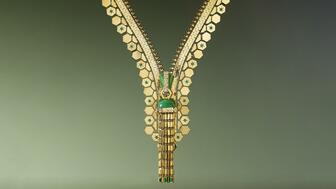
The single-owner collection includes one of the largest offerings of Verdura jewels ever to appear at auction, said Christie’s.
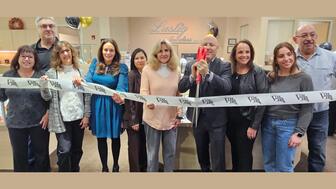
Michael Helfer has taken the reins, bringing together two historic Chicago jewelry names.

The guide features all-new platinum designs for the holiday season by brands like Harwell Godfrey, Ritani, and Suna.
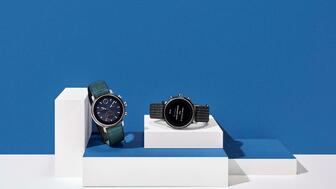
During its Q3 call, CEO Efraim Grinberg discussed the deal to lower tariffs on Swiss-made watches, watch market trends, and more.
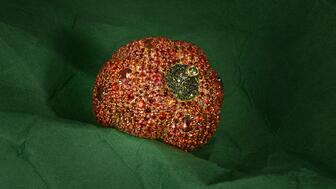
Rosior’s high jewelry cocktail ring with orange sapphires and green diamonds is the perfect Thanksgiving accessory.

The “Embrace Your True Colors” campaign features jewels with a vibrant color palette and poetry by Grammy-nominated artist Aja Monet.

Luxury veteran Alejandro Cuellar has stepped into the role at the Italian fine jewelry brand.
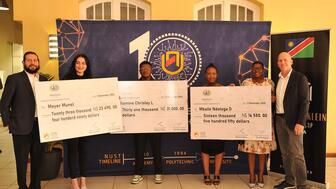
The company gave awards to four students at the Namibia University of Science & Technology, including one who is a Grandview Klein employee.

She is remembered as an artist who loved her craft and was devoted to her faith, her friends, and her family.
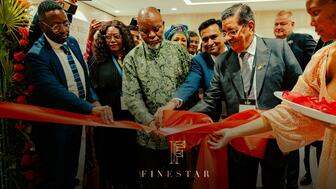
It joins the company’s other manufacturing facilities globally, including in India, Botswana, and Namibia.
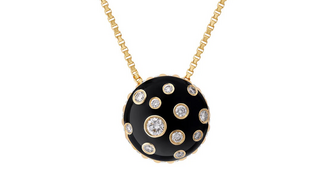
The polka dot pattern transcends time and has re-emerged as a trend in jewelry through round-shaped gemstones.

Vanessa Hickman, 49, allegedly sold a diamond bracelet that was mistakenly sent to her home.

GIA’s former president and CEO was presented with the Richard T. Liddicoat Award for Distinguished Achievement.
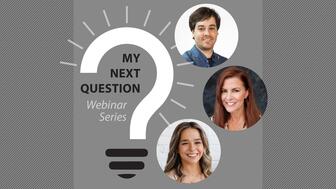
Social media experts spoke about protecting brand reputation through behaving mindfully online.




